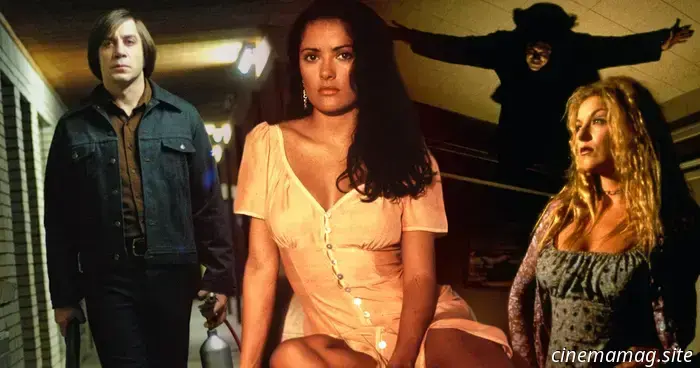
10 Incredible Neo-Western Films You Must Watch
Casey Chong presents a list of outstanding neo-Western films you should not miss...
The classic Western era of John Wayne may have faded away but remains memorable. While the Western genre is no longer a guaranteed box-office hit as it once was, it continues to hold its place in modern cinema, especially through the neo-Western subgenre. This subgenre takes traditional Western themes and archetypes, updates the settings, and blends in elements from various genres such as action thrillers, crime dramas, horror, and even comedy. Here are ten notable neo-Westerns to explore if you haven't seen them yet...
**Extreme Prejudice (1987)**
This action-packed film, directed by Walter Hill, is a prime yet often overlooked entry in his filmography—a gritty War on Drugs thriller with neo-Western elements. The film brings Hill back together with his 48 Hrs. star Nick Nolte, portraying a no-nonsense Texas Ranger named Jack Benteen, who seeks to stop his childhood friend-turned-drug dealer, played by the profoundly sleazy Powers Boothe as Cash Bailey. The plot thickens with the involvement of a member of the Zombie Unit, led by Michael Ironside’s Major Paul Hackett, who is on a dubious mission alongside his fellow soldiers, who have reportedly fallen in combat. The film's storytelling may take a while to connect Jack and Cash’s rivalry with the Zombie Unit’s mission, resulting in a somewhat uneven pace. Nevertheless, Hill's strong direction propels the film with significant stakes and plenty of visceral action sequences to keep audiences engaged. He also pays tribute to Sam Peckinpah’s The Wild Bunch, especially evident in the climactic shootout in a dusty Mexican town.
**Last Man Standing (1996)**
Walter Hill's Last Man Standing, despite its poor box office performance, is far better than its reception suggests. Drawing inspiration from Akira Kurosawa’s classic Yojimbo and transforming it into a blend of neo-Western and gangster genres, Hill delivers a stylish version of a Prohibition-era narrative featuring a mysterious drifter, John Smith (a perfectly apathetic Bruce Willis), who finds himself entangled in a conflict between the Irish and Italian mafia. The film's stylization is evident in the gunfights that resemble John Woo's choreography, infused with Peckinpah-style slow-motion violence. Bruce Willis’s John Smith evokes the archetypal gunslinger reminiscent of Clint Eastwood’s character in The Man with No Name, distinguishing himself by wielding two pistols. The film is further enhanced by Ry Cooder’s jazzy score and Lloyd Ahern’s cinematography, which captures the ominous, sun-drenched aesthetics of a town filled with tension.
**Vampires (1998)**
Despite its generic title, John Carpenter’s adaptation of John Steakley’s 1990 novel deftly merges neo-Western and vampire horror elements. With an entertaining B-movie ambiance and a commanding performance from James Woods as the audacious leader of the vampire hunters, the film proves to be an enjoyable experience. The action-packed opening sequence sets the stage with Carpenter showcasing Woods's character, Jack Crow, along with his team as they raid vampires hiding in an abandoned house in New Mexico. The film also introduces the formidable Jan Valek, played by Thomas Ian Griffith. Though Vampires didn’t perform well financially, it surprisingly spawned two direct-to-video sequels: Vampires: Los Muertos and Vampires: The Turning.
**No Country for Old Men (2007)**
No discussion of neo-Westerns is complete without No Country for Old Men, which earned the Coen Brothers the prestigious Best Picture Oscar. The film also secured three additional awards, notably Javier Bardem's unforgettable Best Supporting Actor win for his role as the merciless hitman Anton Chigurh, who takes delight in murdering his victims, especially relishing the moment of determining their fate with a coin toss. Chigurh’s chilling gaze cultivates a sense of dread, complemented by his apathetic demeanor, rendering him a terrifying and indelible villain. The Coen brothers’ darkly cynical approach to the neo-Western genre allows the film to explore uncharted territory, subverting the typical good versus evil narrative.
**Wind River (2017)**
In Wind River, Taylor Sheridan's exploration of the modern American frontier combines neo-Western elements with a murder mystery and crime procedural. The film exhibits solid storytelling that prioritizes deliberate pacing and well-developed characters, bolstered by the compelling performances of Jeremy Renner and Elizabeth Olsen. Sheridan doesn’t shy away from confronting the harsh realities of sexual assault and violence, with the unforgiving Wyoming wilderness adding to the ominous tone of the narrative. The film examines the grim circumstances and lawlessness experienced by Native Americans, underscoring Sheridan's directorial talent (this is his second feature following 2011’s Vile) and his prowess in screenwriting. Wind River











Other articles
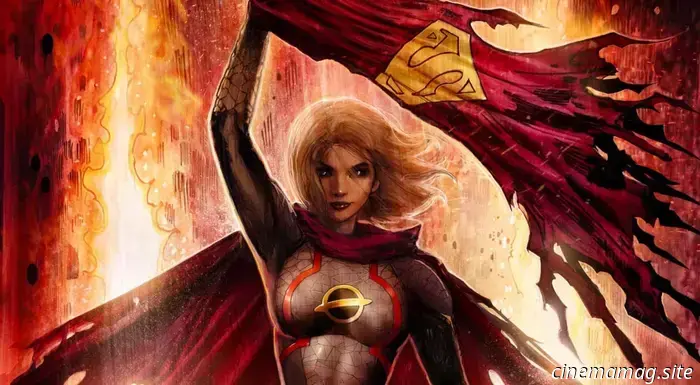 Superman #28 - Comic Book Sneak Peek
The new storyline 'Legion of Darkseid' kicks off in Superman #28 this Wednesday, and you can take an early look through the official preview below... Since the beginning of All In, Darkseid’s Legion has been pursuing the DC Universe. Now, they are finally launching an assault on Superman! What is the lethal objective of this Legion, and how […]
Superman #28 - Comic Book Sneak Peek
The new storyline 'Legion of Darkseid' kicks off in Superman #28 this Wednesday, and you can take an early look through the official preview below... Since the beginning of All In, Darkseid’s Legion has been pursuing the DC Universe. Now, they are finally launching an assault on Superman! What is the lethal objective of this Legion, and how […]
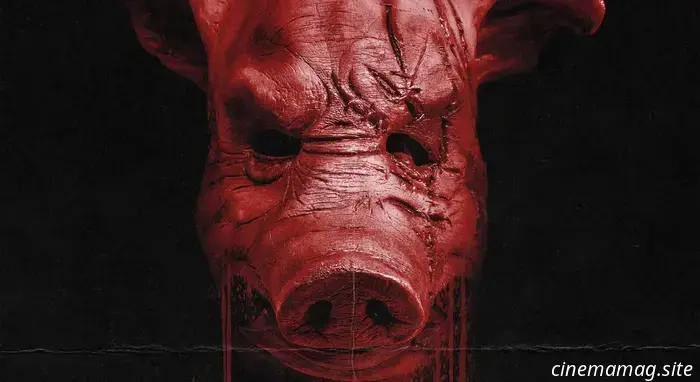 Rainey Qualley explores a chilling urban legend in the trailer for the horror film Pig Hill.
Before its world premiere at Frightfest this August, a trailer has been released online for director Kevin Lewis’ (Willy’s Wonderland) new horror film Pig Hill. Inspired by Nancy Williams’ novel Pig, the movie centers on Carrie (Rainey Qualley) as she discovers a chilling truth while looking into a local legend referred to as the Pig […]
Rainey Qualley explores a chilling urban legend in the trailer for the horror film Pig Hill.
Before its world premiere at Frightfest this August, a trailer has been released online for director Kevin Lewis’ (Willy’s Wonderland) new horror film Pig Hill. Inspired by Nancy Williams’ novel Pig, the movie centers on Carrie (Rainey Qualley) as she discovers a chilling truth while looking into a local legend referred to as the Pig […]
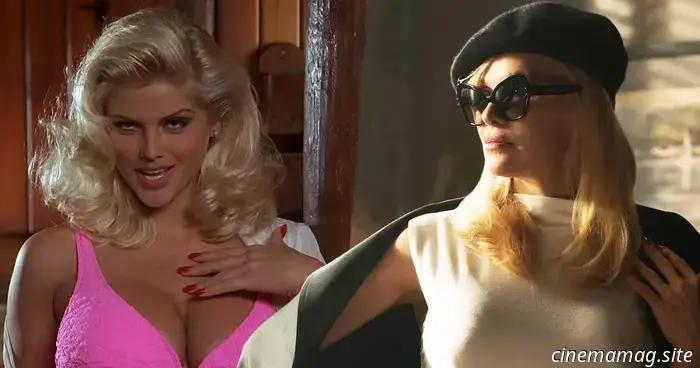 Pamela Anderson nearly took on the role of Anna Nicole Smith in Naked Gun 33 1/3.
Following last year's The Last Showgirl, Pamela Anderson is set to further her return to the big screen next month, featuring alongside Liam Neeson in the reboot/legacy sequel The Naked Gun. This casting appears to be over 30 years in the making. In an interview with Empire to promote the film, Anderson disclosed that her first [...]
Pamela Anderson nearly took on the role of Anna Nicole Smith in Naked Gun 33 1/3.
Following last year's The Last Showgirl, Pamela Anderson is set to further her return to the big screen next month, featuring alongside Liam Neeson in the reboot/legacy sequel The Naked Gun. This casting appears to be over 30 years in the making. In an interview with Empire to promote the film, Anderson disclosed that her first [...]
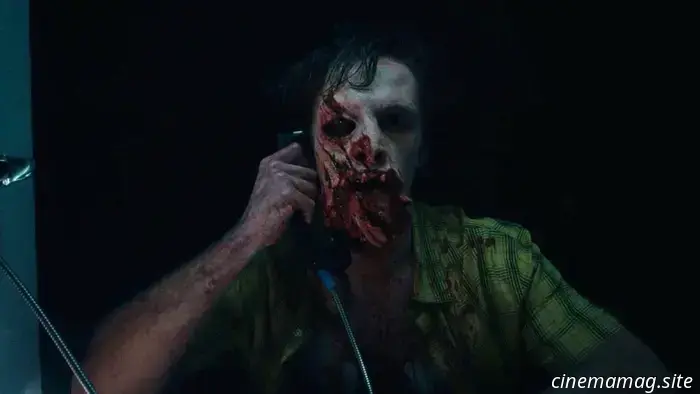 Trailer for the psychological horror drama The Plastic Men.
In anticipation of its digital debut later this month, a poster and trailer have been unveiled for Samuel Gonzalez Jr.’s (The Retaliators) psychological horror film, The Plastic Men. Based on true events, the story focuses on Jonathan, a Vietnam veteran grappling with distressing hallucinations and the guilt he carries as he contemplates taking his own life […]
Trailer for the psychological horror drama The Plastic Men.
In anticipation of its digital debut later this month, a poster and trailer have been unveiled for Samuel Gonzalez Jr.’s (The Retaliators) psychological horror film, The Plastic Men. Based on true events, the story focuses on Jonathan, a Vietnam veteran grappling with distressing hallucinations and the guilt he carries as he contemplates taking his own life […]
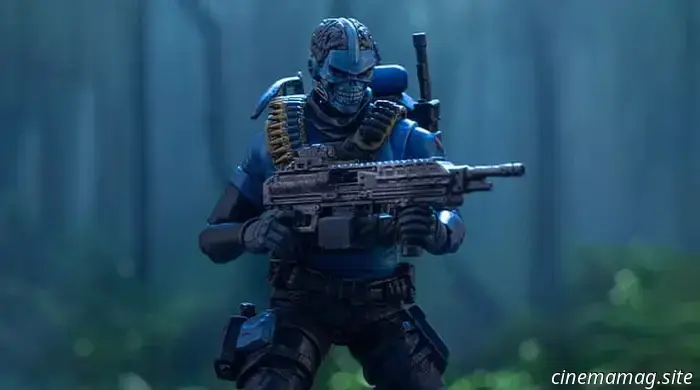 Cobra's Range Viper is now part of Hiya Toys' G.I. Joe Exquisite Mini Series collection of action figures.
As Hasbro concentrates on its 6-inch Classified Series action figures, Hiya Toys remains dedicated to G.I. Joe 1/18 scale collectors with its Exquisite Mini Series. Cobra will enhance its arsenal with Hiya’s newest announcement, the Range Viper, which is expected to be released in Q2 2026 at a suggested retail price of $26.99; […]
Cobra's Range Viper is now part of Hiya Toys' G.I. Joe Exquisite Mini Series collection of action figures.
As Hasbro concentrates on its 6-inch Classified Series action figures, Hiya Toys remains dedicated to G.I. Joe 1/18 scale collectors with its Exquisite Mini Series. Cobra will enhance its arsenal with Hiya’s newest announcement, the Range Viper, which is expected to be released in Q2 2026 at a suggested retail price of $26.99; […]
 The Terminator: Metal series set to debut in October from Dynamite.
Dynamite Entertainment has revealed the upcoming installment of its Terminator comic series, with renowned writer Declan Shalvey collaborating with co-writer Rory McConville and artist Lorenzo Re for the new series titled The Terminator: Metal. “Being involved in The Terminator has been one of the most demanding and rewarding experiences of my career,” Shalvey comments. “Considering the [...]
The Terminator: Metal series set to debut in October from Dynamite.
Dynamite Entertainment has revealed the upcoming installment of its Terminator comic series, with renowned writer Declan Shalvey collaborating with co-writer Rory McConville and artist Lorenzo Re for the new series titled The Terminator: Metal. “Being involved in The Terminator has been one of the most demanding and rewarding experiences of my career,” Shalvey comments. “Considering the [...]
10 Incredible Neo-Western Films You Must Watch
Casey Chong presents a list of must-see neo-Western films… The classic John Wayne era of Westerns may be a thing of the past, but it is definitely not forgotten. Although the Western genre is no longer the box-office draw it used to be, it still holds an important spot in modern cinema.
